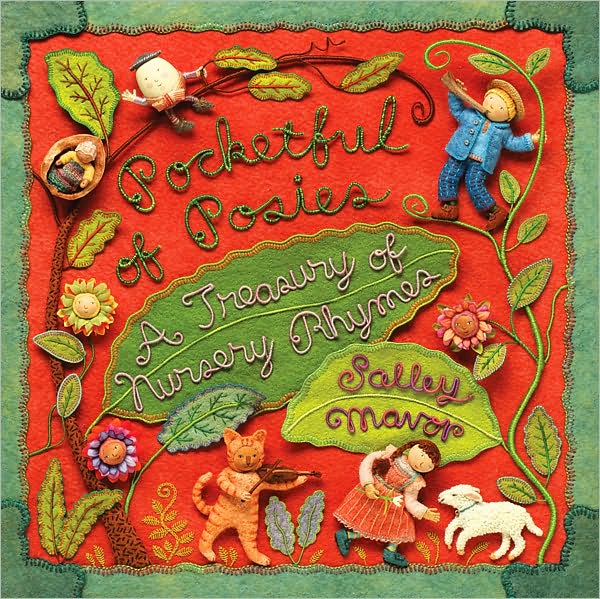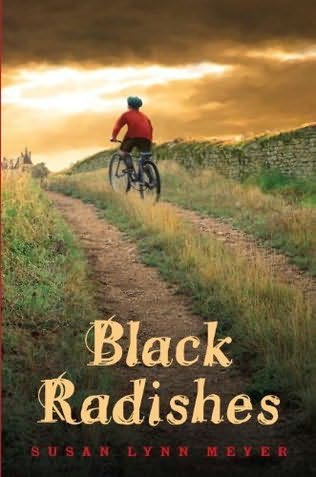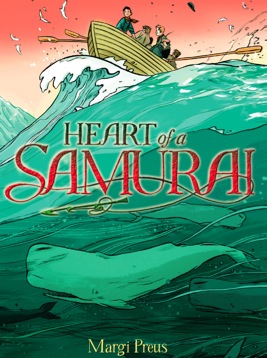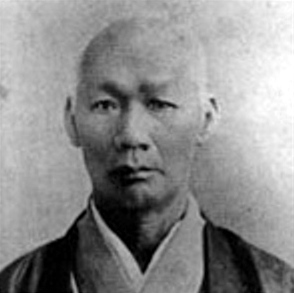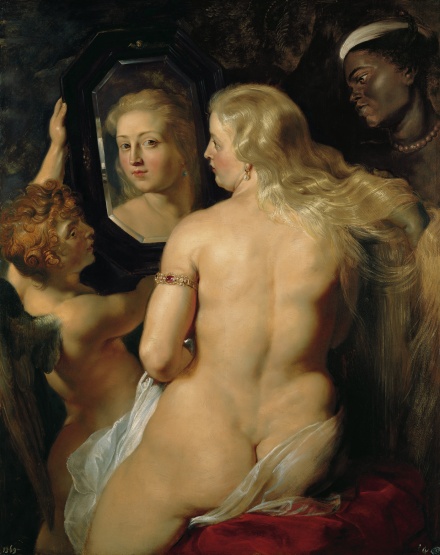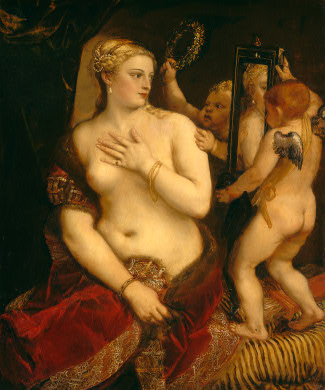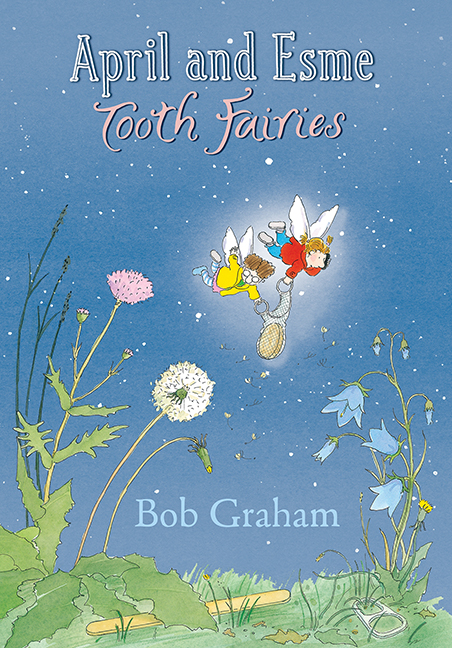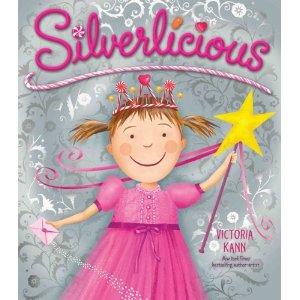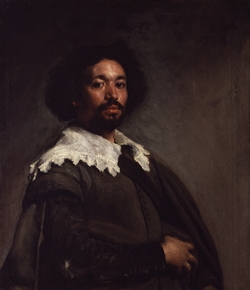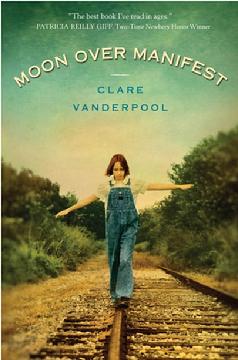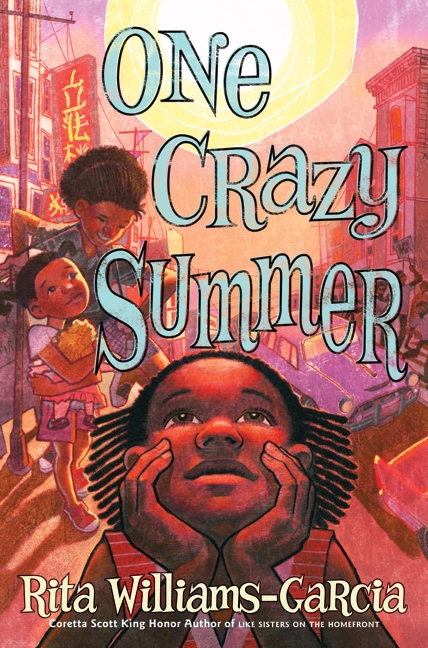Maybe the skill and artistry of Salley Mavor's hand-stitched, sewn, and collaged illustrations for Pocketful of Posies: A Treasury of Nursery Rhymes (Houghton Mifflin, 2010) are best appreciated by other needleworkers, but their appeal is so much greater than that--after all, Pocketful of Posies is a Horn Book Fanfare Best Book of 2010 and an ALA Notable for Younger Readers. I hope it received serious consideration for the Caldecott, too. At our house, every page has been pored over and marveled at multiple times, and it's inspired lots of reading and singing, collecting and making.
My favorite are the double-page spreads, which often illustrate several nursery rhymes in a single scene. The one below includes Humpty Dumpty (an actual egg!), Peter Piper, and Two Little Blackbirds. It's dfficult to appreciate the richness of the color, the depth and detail of the original in this image; nothing I've found on the internet comes close to the photographic quality of the printed book.
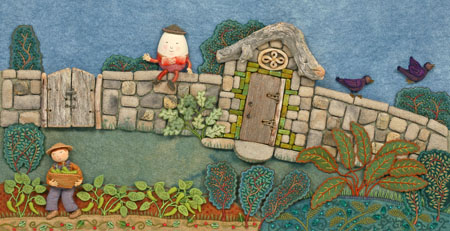
Or, of course, the real thing: the original illustrations from Pocketful of Posies, with new embroidered felt borders and shadowbox frames made by Salley's husband, are being exhibited in a traveling show. At this point, most of the locations are in New England. [Charlotte, please go on my behalf.]
Fortunately, there is plenty of information about Mavor's process available online: this interview with Salley at Seven Impossible Things Before Breakfast is a good place to start. And if you'd like to make little dolls like these, Mavor's Felt Wee Folk: Enchanting Projects (C&T, 2003) is a great resource. There's even a section of Projects for Children to Make. Also for those of us who still struggle with the French knot.
